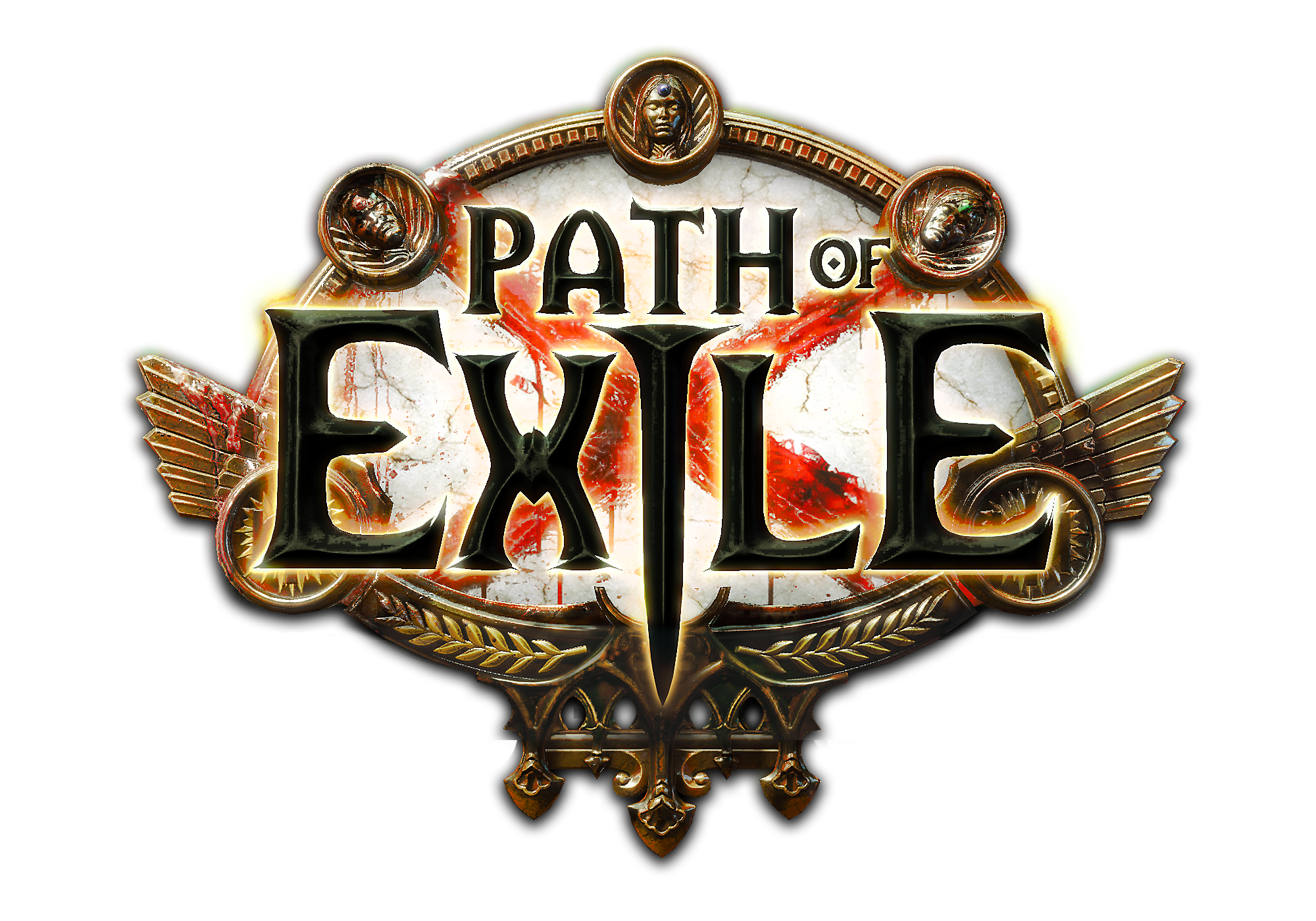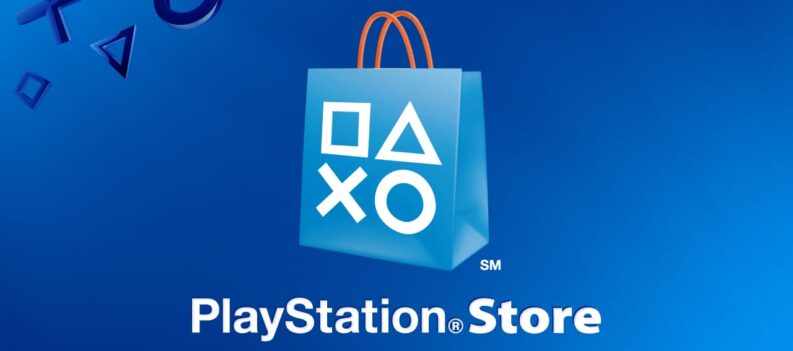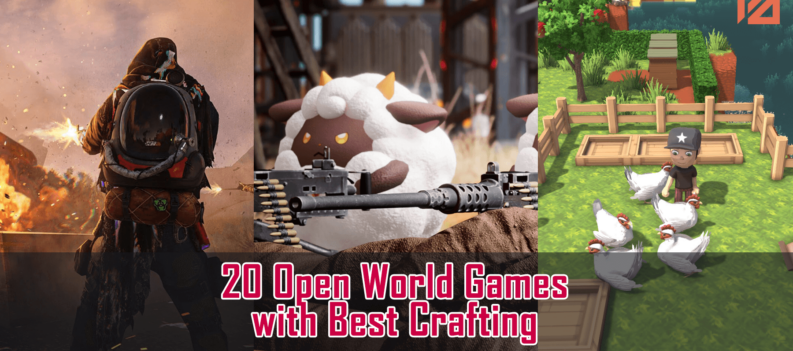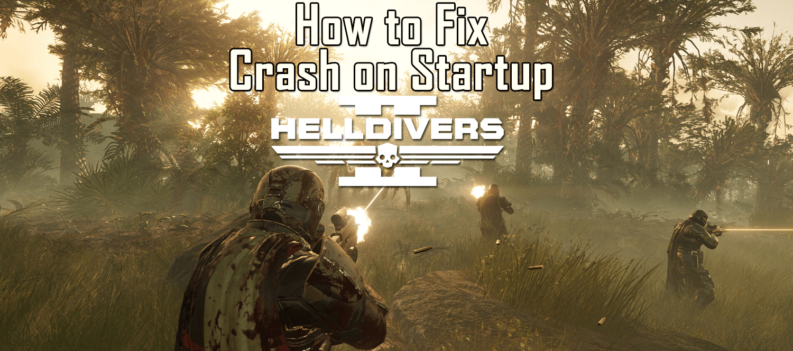Recently, I had a chance to talk to developer Grinding Gear Games about Path of Exile’s upcoming launch on the PS4, and I think it could be an amazing free-to-play game for anyone (like me) that has chased the loot dragon in Diablo but is tired of Diablo III. I realize that just mentioning the words free-to-play causes some people to run away screaming. The difference is that this game is offering a lot of truly free content to players when it hits the PS4 on March 26th.
The elevator pitch for Path of Exile is easy: it’s an extremely flexible, highly customizable, online action RPG with multiple classes to play, an avalanche of skills and stats, and tons of loot for you to collect and sell. It’s origins and format are heavily inspired by Diablo, but it deviates in some very meaningful ways.
When you start the game, you can pick your character class, and you are exiled to the dark land of Wraeclast. It’s filled with monsters and other exiles, and no one seems especially thrilled to be there. It’s harsh, gritty, and odds of survival are usually slim. Going there is a punishment after all.
Like the rest of the game, your class is governed by stats. Some classes primarily depend on stats such as on strength, intelligence, or dexterity, and some classes are hybrids that blend the need and use of those attributes.
You can play a class as designed (a witch is a pure magic archetype), or you can use the flexibility of the game’s passive skill tree to mold that character into something a little different. There are over 1,300 passive skills on the massive tree. Your class determines where you start, but you can pick skills from different branches every time you level up. They may be improvements to things such as stat increases or a boost to damage. If you keep going along a branch, you may pick up skills from another class that further changes how your character plays.
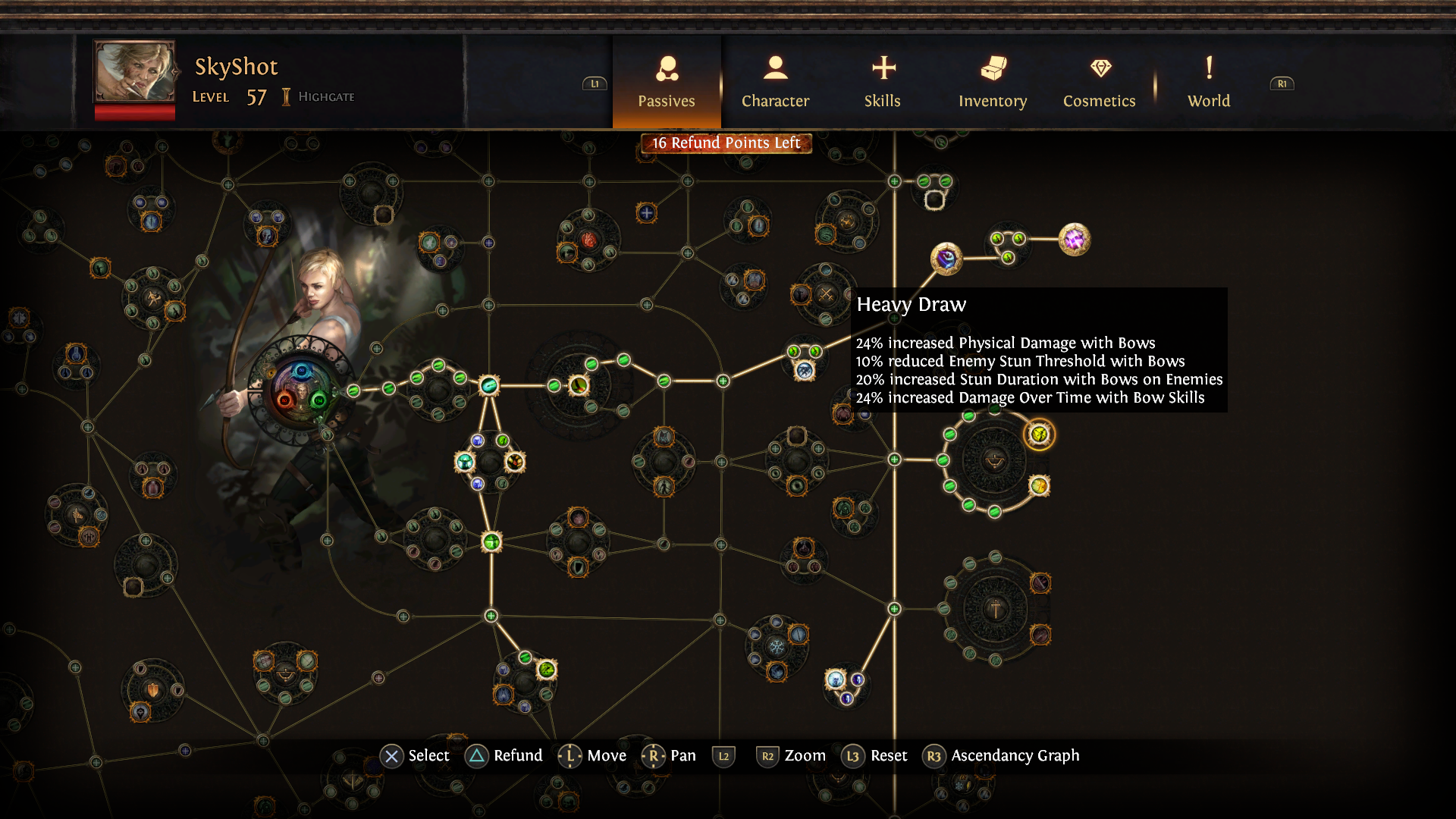
Choose carefully though, because you can’t remove skills all the time. Even though you will eventually choose a specialization class, Path of Exile allows you to make mistakes and full skill resets on a character or even undoing one skill isn’t common. That doesn’t meant that a choice that seems bad now won’t lead to interesting results later.
Socketing skill gems and support gems are another way to customize your character. For instance, one of the skill gems allows you to shoot a magma ball. A support gem can increase the number of magma balls at the cost of slowing them down. Another support gem can increase the area of effect for the damage. Another support gem can create a spell totem to shoot the magma balls for you. The effects can be stacked or used individually.
It doesn’t just change the damage potential. It’s a system designed to change how the base skill works, and it can work with any skill. They showed me a projectile shot skill changing from a long distance attack to a close grenade that applies shock damage. It gives you a lot of options. Both support gems and skill gems level up as you play, so you can keep using a combo you like without losing effectiveness. You are also free to mix and match to meet the situation.
Not long after arriving in your home away from home, you start to experience another of the game’s defining traits. There is no gold for you to collect or spend. The economy is entirely based on bartering for items. Monsters drop items, you buy other items from vendors using items, and you can trade items with other players.
As you might expect, items have varying quality levels, random stats, and different amounts of sockets for gems, so the value of one item to another can be huge. The most interesting and valuable are unique items. There are currently over 900 so far, and they allow you to specialize your build in very different ways.

Each unique item will come with its own pros and cons, but they can mixed with some crazy results. One of the players from their community came up with a build called “Rocketman”. Using stats from three unique pieces of gear, he decreases his fire resistance, increases his chances to ignite if he takes damage, increases his damage output if he is ignited, and leeches health from enemies. By balancing out the item stats, he is a burning character that flies between groups of enemies, taking damage to ignite, setting them on fire, losing health from both being on fire and enemies, and regaining health at the same time while almost constantly being a blur of everlasting flame.
To start your experience, the story campaign is composed of ten acts. The estimated time for an average player to finish it all is around 30 hours, but it depends on fast you move through it. Most areas are either semi- or completely randomized, so you won’t be playing the exact same level again and again for replays. The entire campaign is fully voiced too. All of this can be experienced solo or with up to five friends, and the game’s difficulty will scale based on your party size.
Once you make it through the campaign, there is an end game known as the Atlas of Worlds. These are more difficult, random areas that are opened using one of over 150 maps. The maps are items that need to be found. Like other items in the game, the stats can be modified using special items, so you can make the area harder or change some other aspect to your liking. You can also trade it with another player. The advantage here is better loot and more challenging foes.
New content is always on the horizon. Path of Exile will receive updates with new, free content every three months. For the newest update, Synthesis, coming to the PS4 at launch, they recorded 4,000 lines of new dialogue and added five new bosses.
Each new update will also bring a new league. Leagues allow you to start a character from scratch and play under different rules or with new content. The current Synthesis league on PC asks you to help a character with memories, offering great loot in return. There is also a hardcore league that will crank the difficulty and drop you to the standard league if you die. It’s a good chance to start fresh and compete against others.
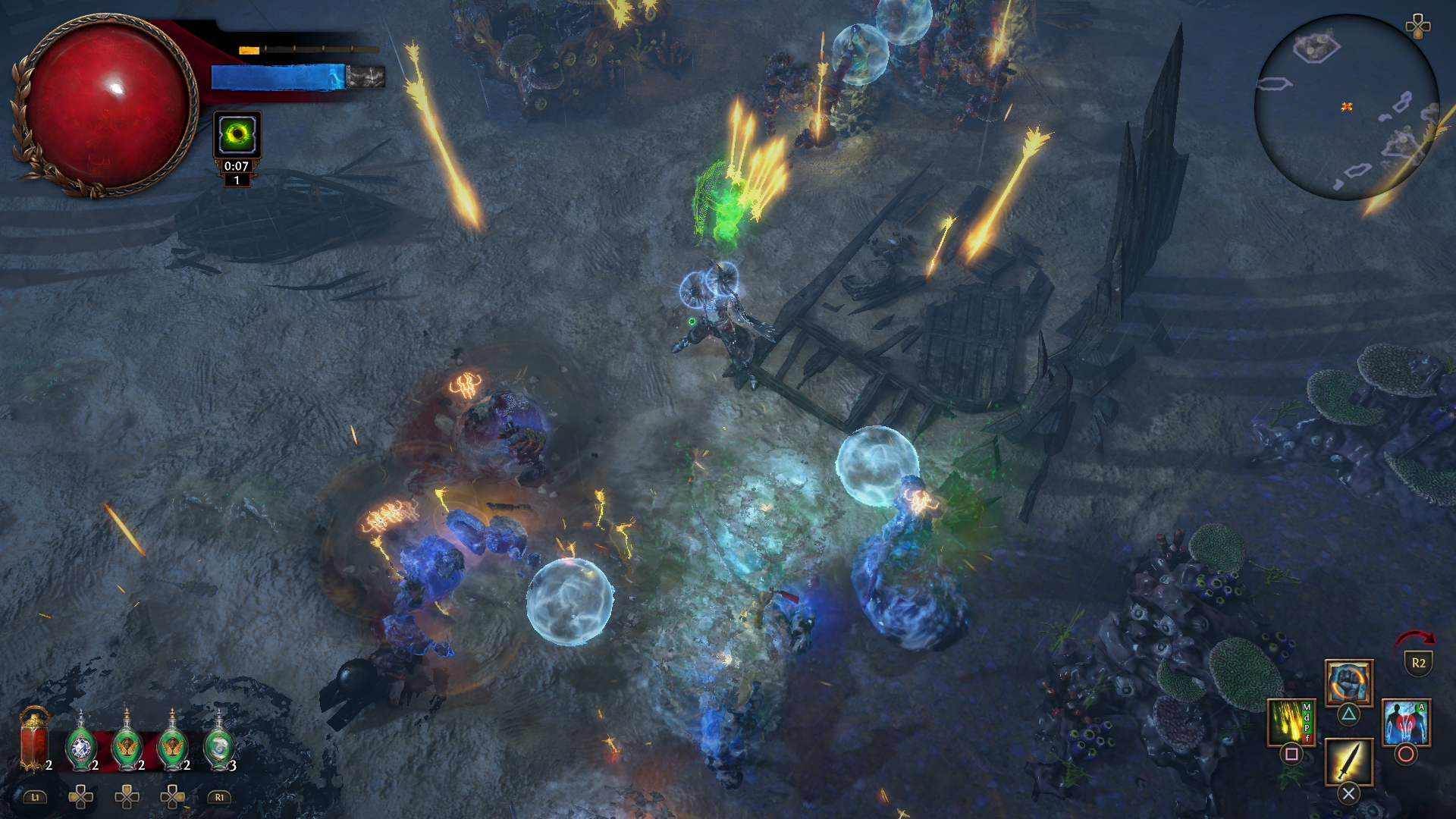
That competition will never be something you can pay to win. Path of Exile is free. Full stop. (I asked about three times to confirm.) The game’s content will never cost you anything other than time to play. There are microtransactions in the game, but they are only cosmetic items or increases in the player’s stash size. Nothing will ever be sold that gives a gameplay advantage. If you see a high-level player, they had to work to get there. It’s a core philosophy at Grinding Gear Games.
Normally, I would tell you that you should be skeptical of previews, and that’s always good advice. However, Path of Exile is free without gating content. You don’t even need PS Plus to play this online game. It probably won’t be the next AAA visual showcase, but it’s targeting a respectable 60 FPS (maybe only PS4 Pro) with an approximate download size of 9 GB. For a little space, it appears to bundle in some real value and replayability, and I haven’t even mentioned all of the features.
If you ever wanted to try a top down ARPG (or were a little disappointed with Blizzard last year), this may be the one for you. When it launches on March 26th, I’m looking forward to digging into Path of Exile and seeing for myself.
